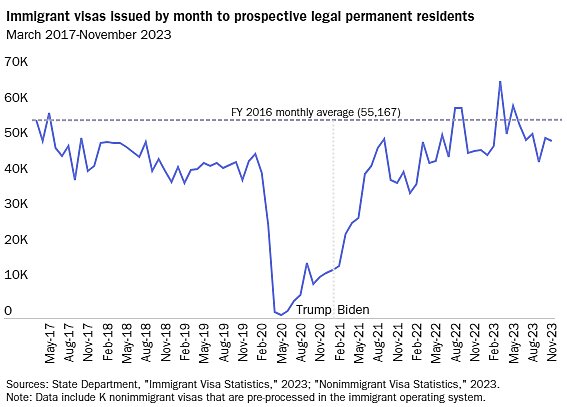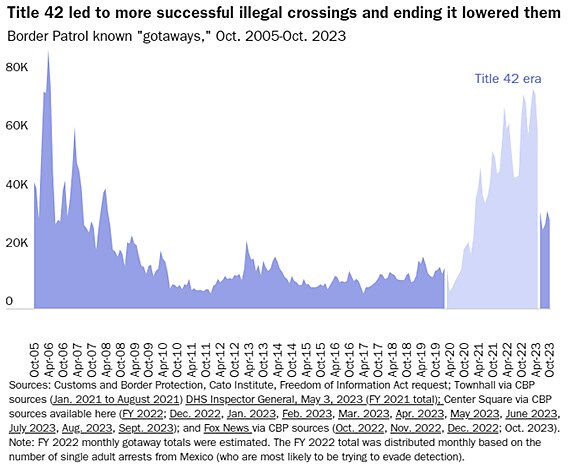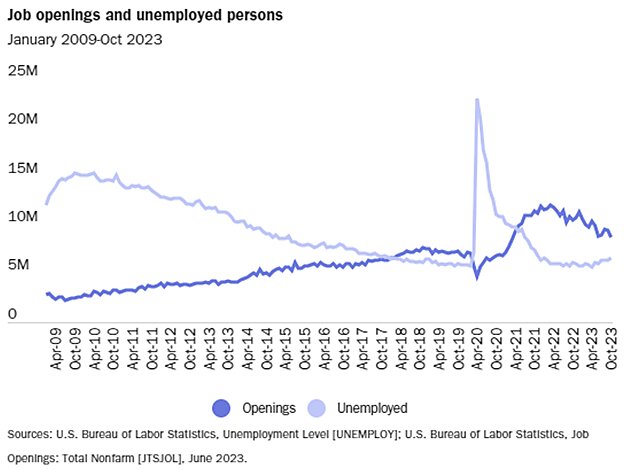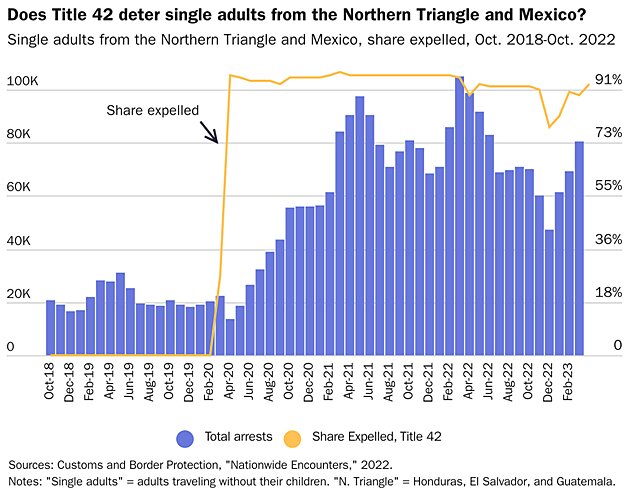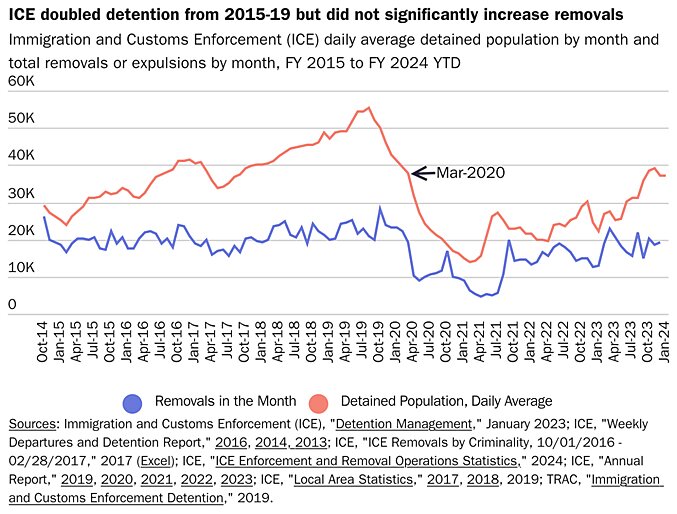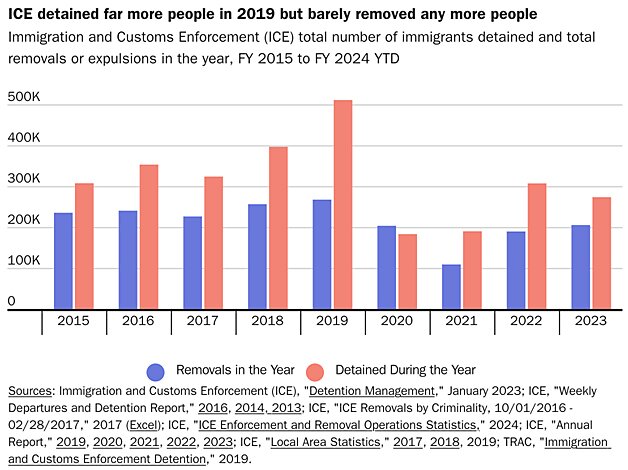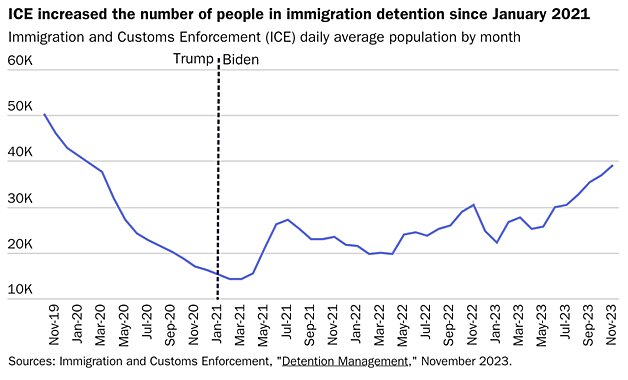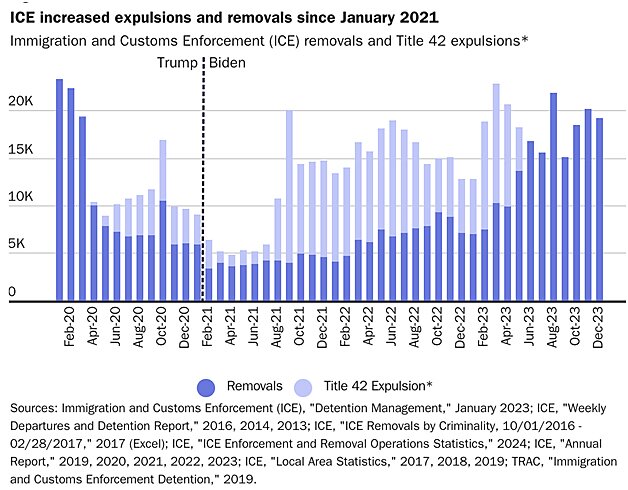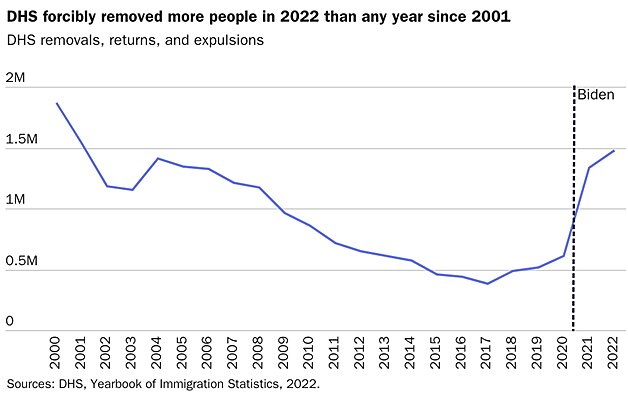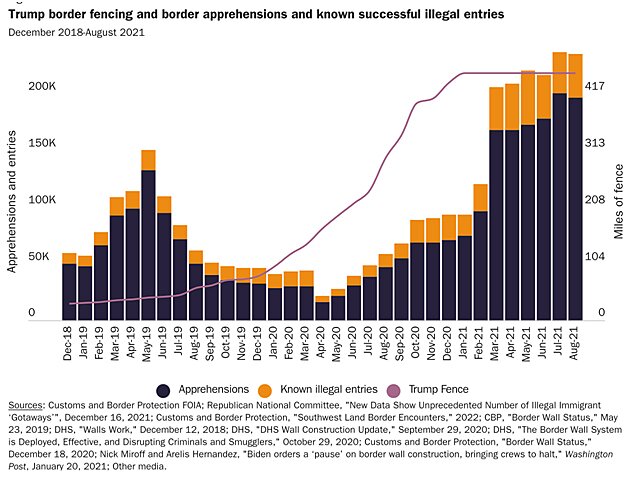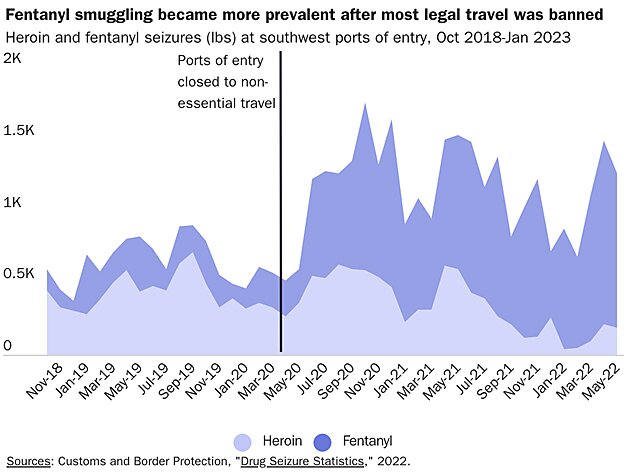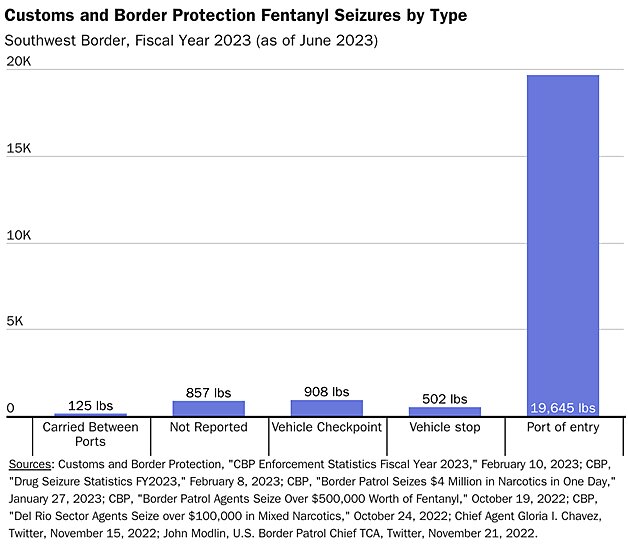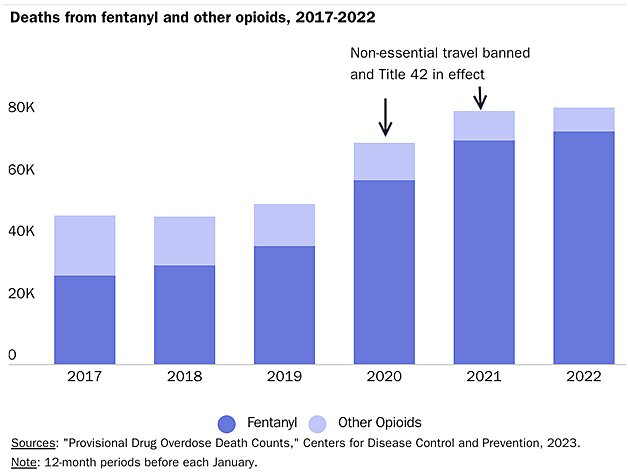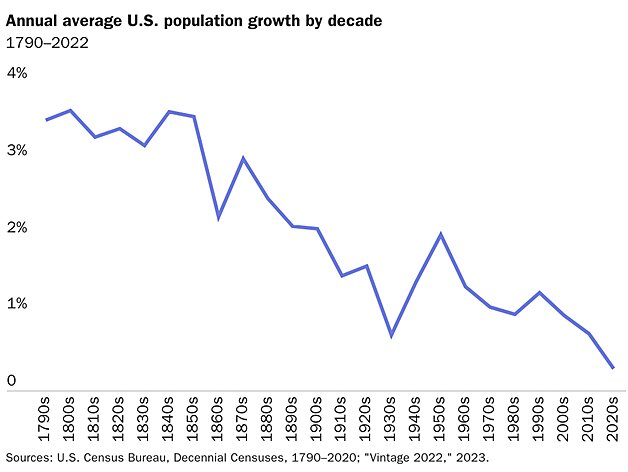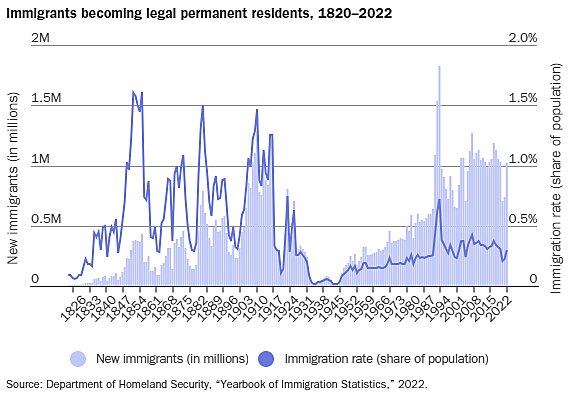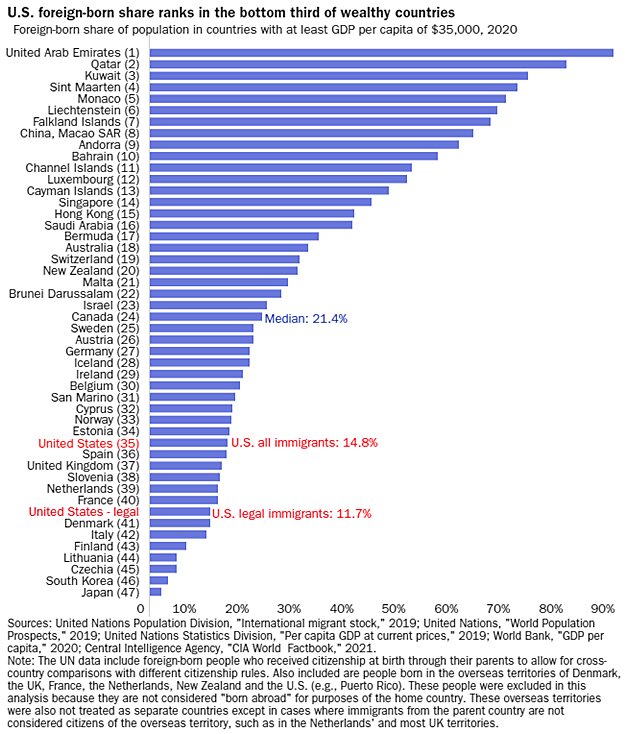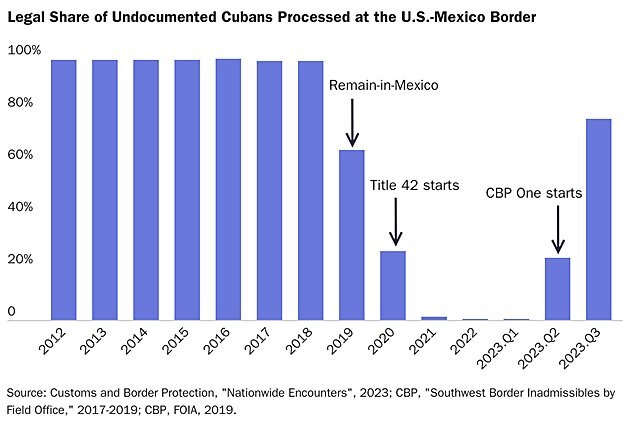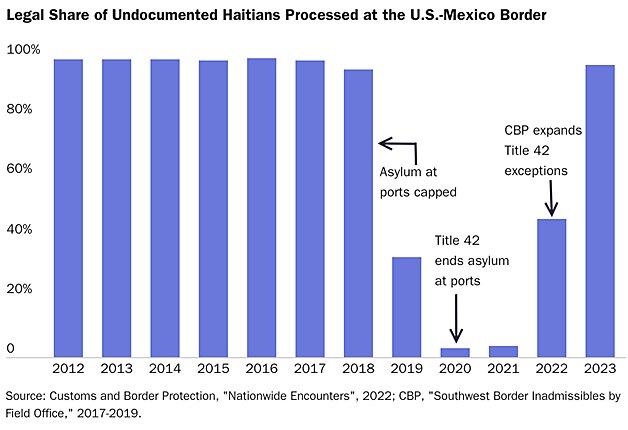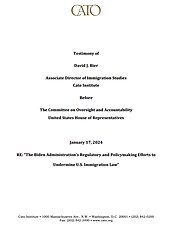1 Jessica Bolter, Emma Israel and Sarah Pierce, Four Years of Profound Change: Immigration Policy during the Trump Presidency(Washington: MPI, 2022).
2 Bob Egelko, “Trump administration appears to be ignoring court rulings on DACA,” San Francisco Chronicle, August 26, 2020.
3 Josh Gerstein, Ted Hesson, and Seung Min Kim, “Watchdog says Homeland Security bottling up travel ban report,” Politico, November 20, 2017.
4 “U.S. Customs and Border Protection—Obligations of Amounts Appropriated in the 2019 Emergency Supplemental,” US Government Accountability Office, June 11, 2020.
1) Diversity lottery: Gomez v. Trump, 490 F. Supp. 3d 276 (D.D.C. 2020).
2) Diversity lottery: Rai v. Biden, 567 F. Supp. 3d 180 (D.D.C. 2021).
3) Family visas: Young v. Trump, 506 F. Supp. 3d 921 (N.D. Cal. 2020).
4) Asylum ban:O.A. v. Trump, 404 F. Supp. 3d 109 (D.D.C. 2019).
5) DACA: Department of Homeland Security v. Regents of the University of California, 591 U.S. ___ (2020).
6) Asylum based on gender violence: Grace v. Matthew G. Whitaker, 310 F. Supp. 3d 1133, 1142, 1144 (S. D. Cal. 2018).
7) Asylum ban: Capital Area Immigrants’ Rights Coal. v. Trump, 471 F. Supp. 3d 25 (D.D.C. 2020).
8) Asylum ban: East Bay Sanctuary Covenant v. Barr, 964 F.3d 832 (9th Cir. 2020).
9) Asylum ban: E. Bay Sanctuary Covenant v. Barr (“East Bay II”), 519 F. Supp. 3d 663, 668 (N.D. Cal. 2021),
10) Asylum ban: E. Bay Sanctuary Covenant v. Biden (“East Bay III”), 993 F.3d 640, 669–70 (9th Cir. 2021).
11) Turnbacks: Al Otro Lado, Inc. v. Wolf, No. 3:17-cv-02366-BAS-KSC (S.D. Cal.).
12) Detention conditions:Doe v. Nielsen, No. CV-15–00250-TUC-DCB, (D.C. Dist. AZ 2020).
13) Detention conditions:Jane Doe v. Kelly, 878 F. 3d 710, (9th Circuit 2017).
14) Detention for minors: Flores v. Barr, No. 17–56297 D.C. No. 2:85-cv-04544- DMG-AGR, (9th Cir. 2019).
15) Taylor Made Software, Inc. v. Cuccinelli, 453 F. Supp. 3d 237 (D.D.C. 2020).
16) 3Q Dig., Inc. v. U.S. Citizenship & Immigration Servs., No. 1:19-cv-579-RCL (D.D.C. Mar. 6, 2020).
17) India House, Inc. v. McAleenan, 449 F. Supp. 3d 4 (D.R.I. 2020) (March 26, 2020).
18) Border wall funding:Sierra Club v. Trump, No. 4:19-cv-00892-HSG (July 17, 2023).
19) H‑1B ban: N.A. of Mfrs. v. U.S. Dep’t of Homeland Sec., 491 F. Supp. 3d 549 (N.D. Cal. 2020).
20) H‑1B rules: Chamber of Commerce of U.S. v. U.S. Dep’t of Homeland Sec., 504 F. Supp. 3d 1077 (N.D. Cal. 2020).
21)Itserve All., Inc. v. Cissna, Civil Action No. 18–2350 (RMC) (D.D.C. Mar. 10, 2020).
22 Serenity Info Tech, Inc. v. Cuccinelli, 461 F. Supp. 3d 1271 (N.D. Ga. 2020).
23) L.M.-M. v. Cuccinelli, 442 F. Supp. 3d 1 (D.D.C. 2020).
24) Batalla Vidal, et al. v. Wolf, and State of New York, et al. v. Trump, et al., Case No. 1:16-cv-04756-NGG-VMS (November 14, 2020).
25) Law enforcement grants:Chicago v. Sessions (7th Cir. 2018).
26)Family separation: Ms. L. v. U.S Immigration & Customs Enforcement, 310 F. Supp. 3d 1133 (S.D. Cal. 2018).
27) Innova Solutions, Inc. v. Kathy Baran, (9th Cir. 2020).
28) Fee rule: Immigrant Legal Resource Center v. Wolf, Case No. 20-cv-05883-JSW (U.S. D.C. N. D. CA 2020).
29) Notices to appear: Pereira v. Sessions, no. 17–459, 585 U.S, (2018).
30) Notices to appear: Niz-Chavez v. Garland, 593 U.S. ___ (2021).
5 David J. Bier, “76 Percent of Consulates Are Fully or Partly Closed Even after Tests and Vaccinations,” Cato at Liberty (blog), April 9, 2021.
6 “Nonimmigrant Visa Statistics,” US Department of State – Bureau of Consular Affairs, 2023.
7 “State May Be Unable to Cover Projected Costs if Revenues Do Not Quickly Rebound to Pre-Pandemic Levels,” US Government Accountability Office, April 2022.
8 Sarah Pierce and Doris Meissner, “USCIS Budget Implosion Owes to Far More than the Pandemic,” Migration Policy Institute, June 2020.
9 David J. Bier, “USCIS Has Added 500 Pages to Its Immigration Forms Since 2003,” Cato at Liberty (blog), December 19, 2022.
Review of the Afghan Special Immigrant Visa Program, Office of the Inspector General, United States Department of State — Middle East Region Operations, June 2020.
10 “Total Illegal Alien Apprehensions by Month, FY 2000 – FY 2020,” US Border Patrol, 2020.
11 David J. Bier, “Ending Title 42 Halved Successful Covert Illegal Immigration,” Cato at Liberty (blog), December 5, 2023.
12 David J. Bier, “How Guest Workers Affect Illegal Immigration,” Cato Institute Policy Analysis no. 937, December 1, 2022.
13 David J. Bier, “Trump’s Detention Surge Failed to Significantly Increase Removals,” Cato at Liberty (blog), January 10, 2024.
14 “Latest Data: Immigration and Customs Enforcement Removals,” TRAC Immigration, June 2020. David J. Bier, “Trump’s Detention Surge Failed to Significantly Increase Removals,” Cato at Liberty (blog), January 10, 2024.
15 “Outcomes of Immigration Court Proceedings,” TRAC Immigration, updated November 2023.
16 Sebastian Rotella, Tim Golden, and ProPublica, “Human Smugglers Are Thriving Under Trump,” The Atlantic, February 21, 2019.
17 David J. Bier, “America Is Rejecting More Legal Immigrants Than Ever Before,” New York Times, November 15, 2018.
18 ““Zero Tolerance” at the Border: Rhetoric vs. Reality,” TRAC Immigration, July 24, 2018.
19 “Review of the Department of Justice’s Planning and Implementation of Its Zero Tolerance Policy and Its Coordination with the Departments of Homeland Security and Health and Human Services,” Department of Justice Office of the Inspector General, revised April 13, 2022.
20 Ms. L. v. U.S Immigration & Customs Enforcement, 310 F. Supp. 3d 1133 (S.D. Cal. 2018).
21 “U.S. Withdrawal from Afghanistan,” the White House, 2021, https://www.whitehouse.gov/wp-content/uploads/2023/04/US-Withdrawal-from-Afghanistan.pdf.
22 “Immigration and Citizenship Data,” USCIS, updated 2023.
23 Jose Ivan Rodriguez-Sanchez, “Mexican Consumption and the Economic Impact of the Coronavirus on Texas Border Counties,” Baker Institute, December 4, 2020
24 David J. Bier, “New Data Show Migrants Were More Likely to Be Released by Trump Than Biden,” Cato at Liberty (blog), November 2, 2023.
25 David J. Bier, “ICE Has Increased Enforcement Since Trump Left Office,” Cato at Liberty (blog), June 20, 2023.
26 “Outcomes of Immigration Court Proceedings,” TRAC Immigration, updated November 2023.
27 “Yearbook of Immigration Statistics 2022,” Office of Homeland Security Statistics, updated December 8, 2023.
28 David J. Bier, “Ending Title 42 Halved Successful Covert Illegal Immigration,” Cato at Liberty (blog), December 5, 2023.
29 David J. Bier, “Why Legal Immigration Is Nearly Impossible,” Cato Institute Policy Analysis no. 950, June 13, 2023.
30 “Global Trends,” UNHCR US, 2022.
31 Ian Vásquez et al, Human Freedom Index, 2023.
32 U.S. Bureau of Labor Statistics, Job Openings: Total Nonfarm [JTSJOL], retrieved from FRED, Federal Reserve Bank of St. Louis, July 18, 2023.
33 David J. Bier, “Parole Sponsorship Is a Revolution in Immigration Policy,” Cato Institute Briefing Paper no. 165, September 18, 2023.
34 David J. Bier, “CBP Nearly Ends Haitian Illegal Entries By Letting Them In Legally,” Cato at Liberty (blog), October 5, 2022.
35 David J. Bier and Ilya Somin, “Biden Has the Right Border Plan, but Arbitrary Caps Have Actually Blocked Legal Migration,” Cato Institute, November 26, 2023.
36 United States v. Texas, 599 U.S. __ (2023).
37 Biden v. Texas, 597 U.S. __ (2022).
38 “Senate Committee Approves FY24 Homeland Security Appropriations Bill,” US Senate Committee on Appropriations, July 27, 2023.
39 “Detention Management,” US Immigrations and Customs Enforcement, updated January 4, 2024.
40 Doe v. Nielsen, No. CV-15–00250-TUC-DCB, (D.C. Dist. AZ 2020).
41 David J. Bier, “Trump’s Detention Surge Failed to Significantly Increase Removals,” Cato at Liberty (blog), January 10, 2024.
42 8 U.S.C. 1182(d)(5)(A) (2023).
43 David J. Bier, “126 Parole Orders over 7 Decades: A Historical Review of Immigration Parole Orders,” Cato at Liberty (blog), July 17, 2023.
44 David J. Bier, “What Is the Legal Authority for Biden’s Parole Programs?” Cato at Liberty (blog), January 25, 2023.
45 8 U.S.C. 1151 (2023).
46 Extending Government Funding and Delivering Emergency Assistance Act of 2021 (P.L. 117–43, May 2022) provided refugee benefits to Afghan parolees, explicitly appropriating money for those benefits, and directing the creation of a plan to process pending Afghan parole applications between July 31, 2021, and September 30, 2022 or paroled into the United States after September 30, 2022 if a spouse or child of an Afghan parolee or parent or legal guardian of an unaccompanied Afghan child. The Additional Ukraine Supplemental Appropriations Act of 2022 (P.L. 117–128, May 2022) provided refugee benefits to Ukrainians paroled between February 24, 2022 and September 30, 2023 or paroled into the United States after September 30, 2022 if a spouse or child of a Ukrainian parolee or parent or legal guardian of an unaccompanied Ukrainian child.
47 Alejandro N. Mayorkas, “Guidelines for the Enforcement of Civil Immigration Law,” US Dept of Homeland Security, September 30, 2021.
48 6 U.S.C. § 202 (2023).
49 John Kelly, “Enforcement of the Immigration Laws to Serve the National Interest,” US Dept of Homeland Security, February 20, 2017.
50 Committee on Appropriations, Consolidated Security, Disaster Assistance, and Continuing Appropriations Act, US House, 110th Cong., Report no. 110–181, 2009. Committee on Appropriations, Consolidated Appropriations Act, US House and US Senate, 114th Cong., House Report no. 114–92, Senate Report no. 114–57, 2016.
51 United States v. Texas, 599 U.S. __ (2023).
52 Sebastian Rotella and Tim Golden, “Despite Trump’s Tough Talk About Migrant Smugglers, He’s Undercut Efforts to Stop Them,” ProPublica, February 21, 2019.
53 Jonathan Blitzer, “ICE Agents Are Losing Patience with Trump’s Chaotic Immigration Policy,” New Yorker, June 24, 2019.
54 “Mississippi Ice Raids Two Years Later: Increased Strains and Shrinking Hope,” Mississippi Center for Justice, August 6, 2021.
55 Biden v. Texas, 597 U.S. __ (2022).
56 Innovation Law Lab v. Wolf, Case No. 19–15716, (February 28, 2020).
57 “Explanation of the Decision to Terminate the Migrant Protection Protocols,” US Dept of Homeland Security, October 29, 2021. “CBP Enforcement Statistics,” US Customs and Border Protection, updated December 22, 2023.
58 “MPP (Remain in Mexico) Deportation Proceedings—All Cases,” TRAC Immigration, November 2022.
59 “Migrant Protection Protocols FY 2021,” US Customs and Border Protection, updated May 11, 2023.
60 “Nationwide Encounters,” US Customs and Border Protection, updated December 22, 2023.
61 “Cruelty, Coercion, and Legal Contortions: The Trump Administration’s Unsafe Asylum Cooperative Agreements with Guatemala, Honduras, and El Salvador,” Democratic Staff report for the US Senate Committee on Foreign Relations, January 18, 2021.
62 Associated Press, “Trump threatens Guatemala after its court blocks asylum deal,” Los Angeles Times, July 23, 2019.
63 David J. Bier, “Border Wall Was Breached 11 Times Per Day in 2022,” Cato at Liberty (blog), December 30, 2022.
64 Simon Romero and Zolan Kanno-Youngs, “Trump’s Incomplete Border Wall Is in Pieces That Could Linger for Decades,” New York Times, March 16, 2021.
65 David J. Bier, “Why Legal Immigration Is Nearly Impossible,” Cato Institute Policy Analysis no. 950, June 13, 2023.
